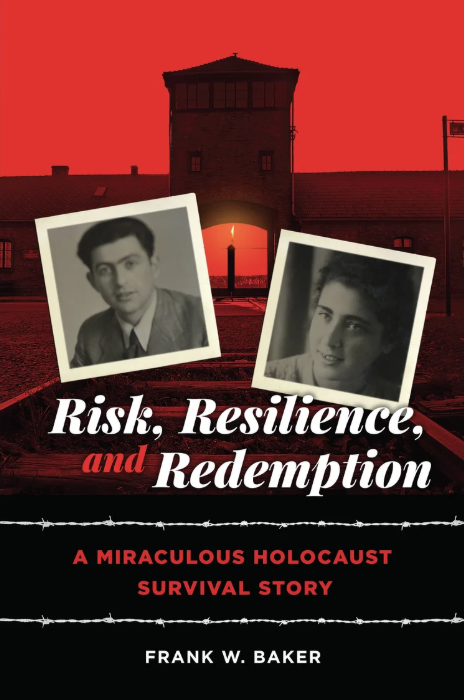
This year, in addition to our yearly author visit that we’ll have in February (2026: Christina Diaz Gonzalez, 2025: George O’Connor, 2024: Jerry Craft, 2023: Christina Diaz Gonzalez, 2022: Nathan Hale, 2020: Neal Shusterman, 2019: Jennifer A. Nielsen), a colleague and I were lucky enough to win an auction for a full day visit from Mark Oshiro!
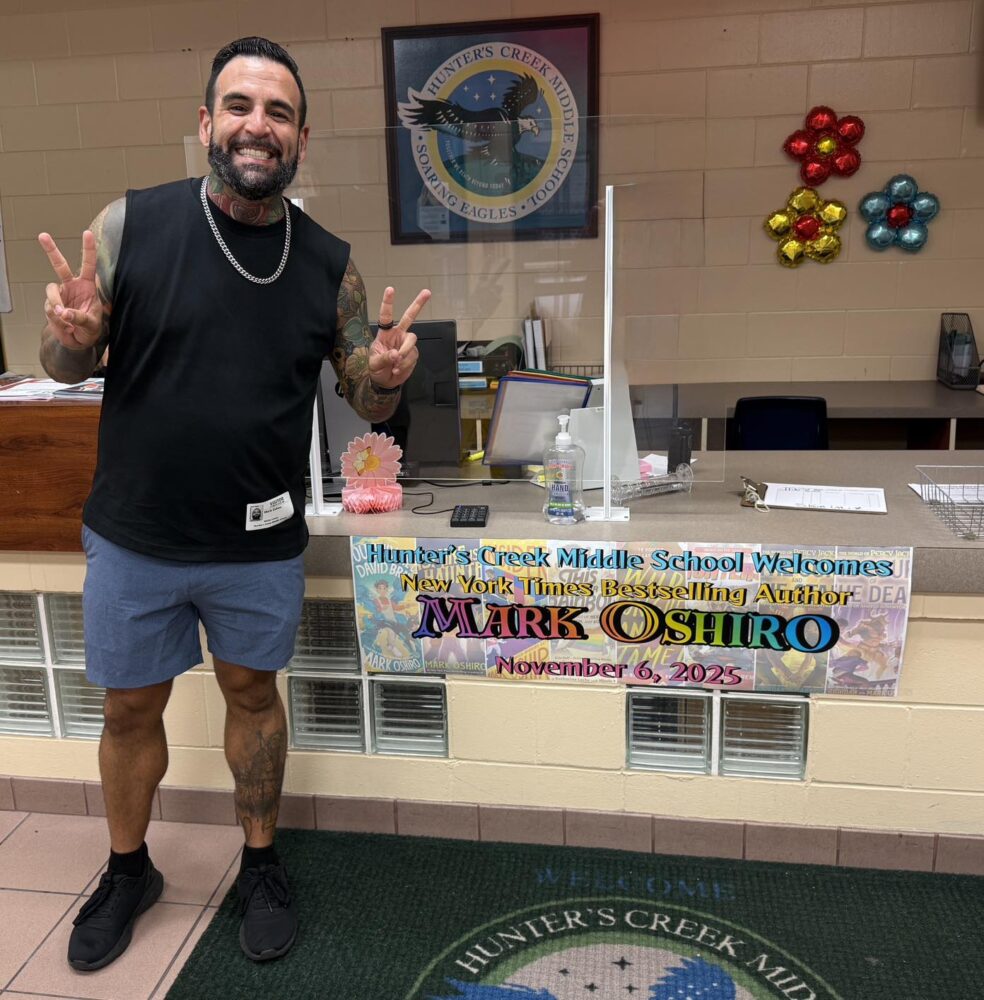
Mark spoke to students about being an author, writing for the Percy Jackson universe, hints and tricks for writing better dialogue, and hosted a Q&A session. Students in one presentation were even given a sneak peek of an upcoming novel!
Here are some reflections from my students after the visit.
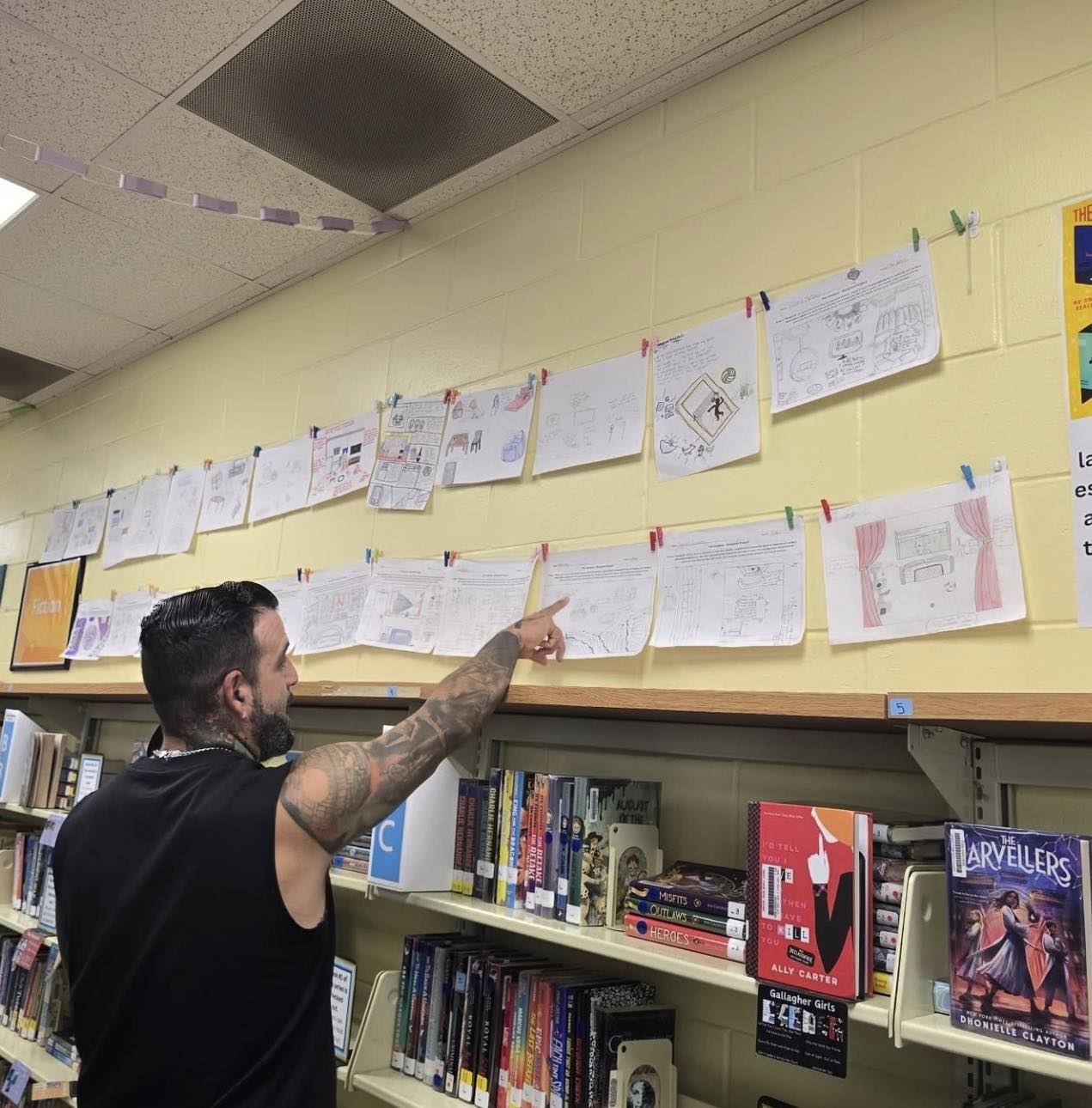
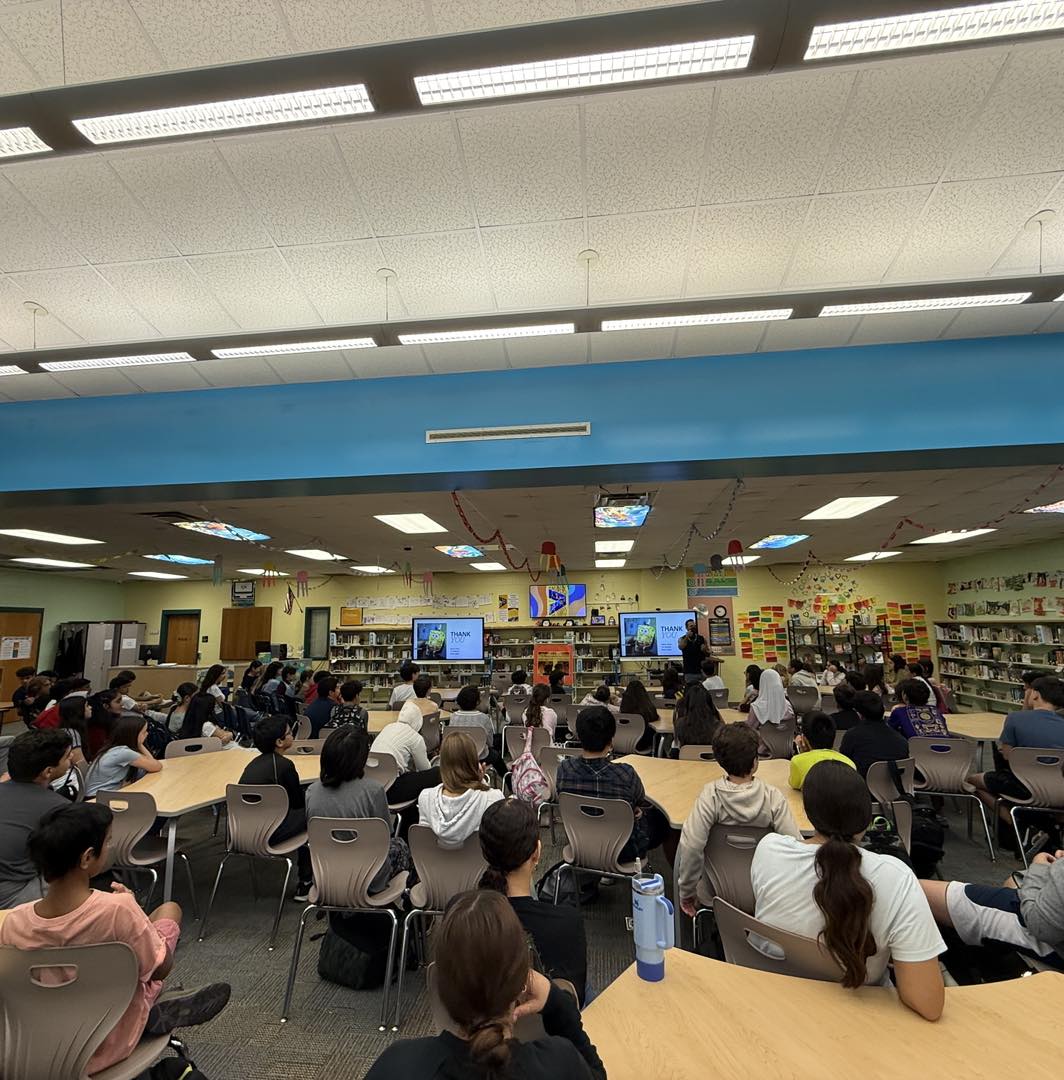
How did the author visit impact you as a student & what was your biggest educational takeaway?
- The visit motivated and inspired me to put my mind to my goals, because I got to see Mark as a kid wanting to be an author, and being a New York Times bestselling author.
- It impacted me as a student by allowing me to get introduced into a new type of writing style and allow me to learn more aspects to the book writing process.
- It made me want to go for my dreams.
- It made feel confident about reading.
- I learned more about writing that I didn’t know before.
- Being able to meet and talk to someone as famous (and has worked with famous authors like Rick Riordan) one on one and learn from them as to what they do to be successful.
- it made me realize how long it takes to write books and also two people can make a book together and how they make the book
- I just feel as though I learned a lot and they were informative and helpful to me as a younger kid (like 8) who all I wanted to be was an author.
- I think the author visit impacted me by teaching me there are always more options and it’s never to late to change and do your passion
- I learned that if I chose to write or do anything in life you can’t just always blindly follow the rules and it’s important to always push boundaries
- That it doesn’t matter where you start as long as you start somewhere.
- what ever you dream is do it like when mark wrote a book when he was 11 and he is still writing books
- Being able to learn how to properly make characters talk and also a lot of writing tips.
- Everyone writes differently and there’s no specific set of rules
- That it is ok to write about anything that represents you.
- That writing a book is a long process and you can’t just sit down and write a good book in a day.
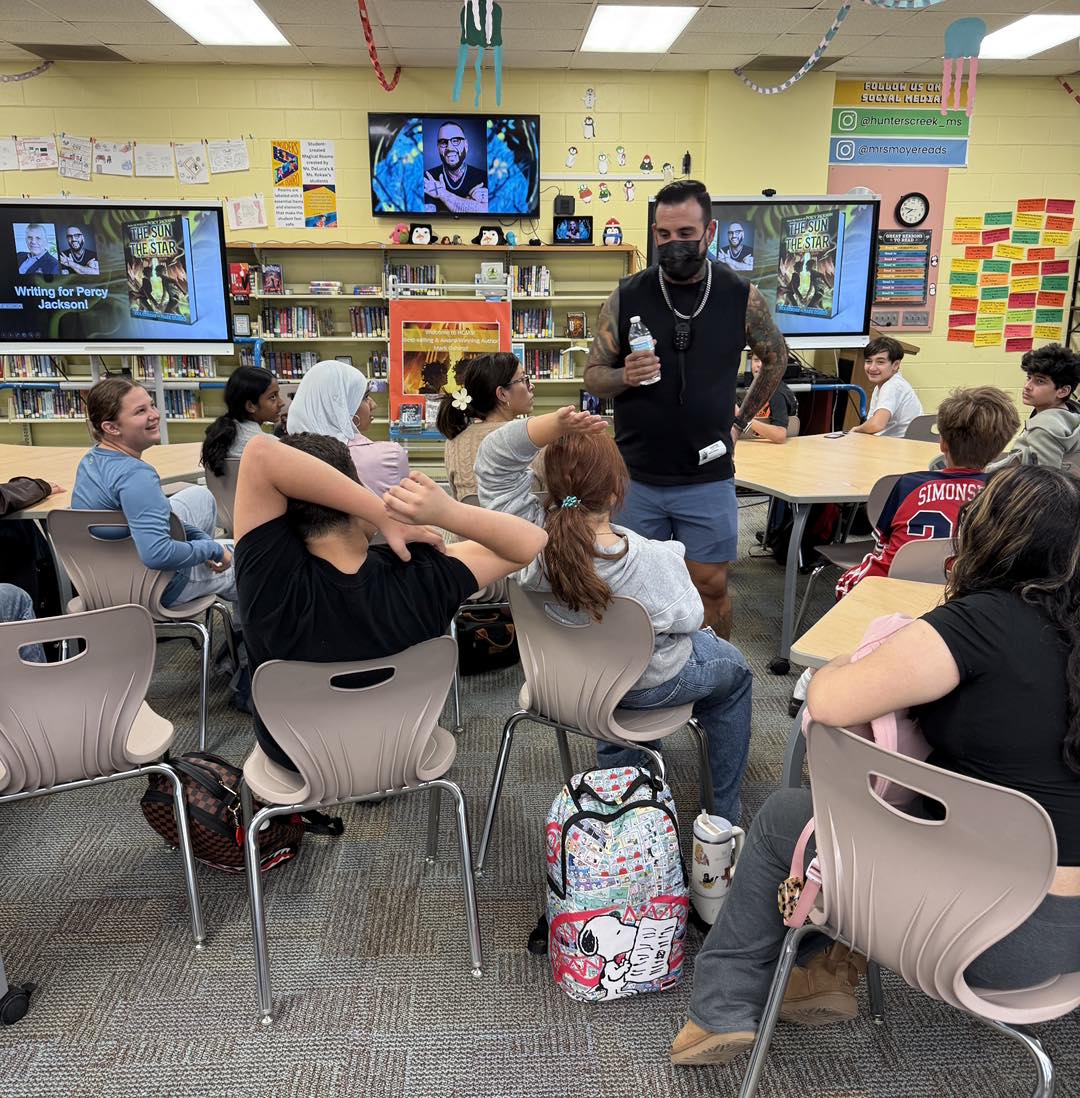
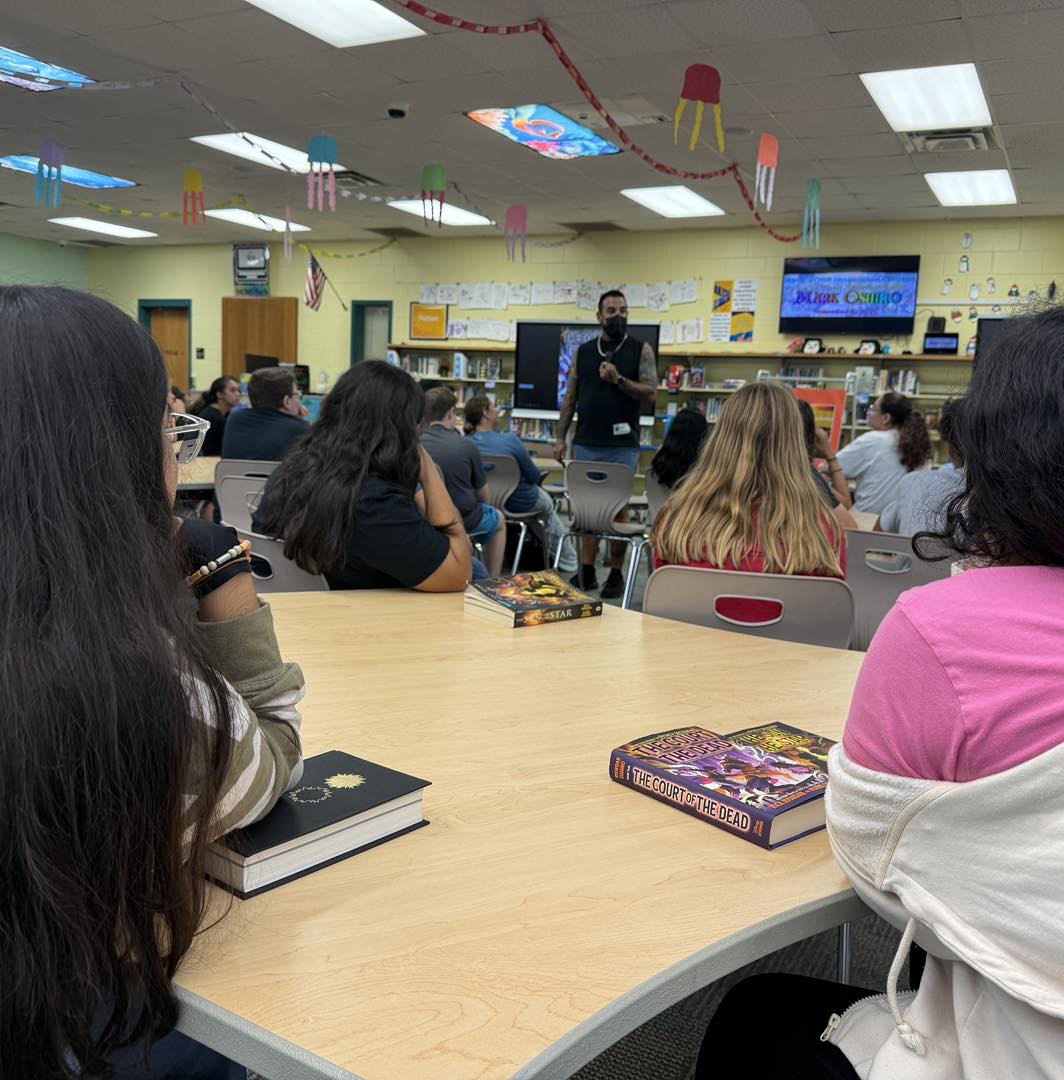
Why was this visit important? Why is it important and powerful to have an author visit our school?
- For kids who may want to be authors to get inspiration.
- The visit was important because because it can motivate kids dreams and a really fun thing to do. Overall, that day really made my month.
- i personally think it is interesting to meet authors and hear about the reasons why they do what they do, and i often end up reading many more of their books after the visit
- This visit was important because it helps to teach kids that things about being an author. Its powerful to have an author visit our school because it can help inspire kids that are doubting their talents and their ability to pursue a career in it. Seeing the perspective of someone who had a childhood dream to be an author, and ended up being successful gives students motivation and hope for their futures.
- This visit was important because it allowed us to hear the background behind their stories. It’s important to have an author visit our school because it gives us that educational experience you wouldn’t normally get in class plus it comes with a long lasting memory.
- It’s important because many students get inspired by authors and it gives students an understanding about the author’s books. Author visits encourage and influence kids.
- It was important for inspiration and was also important for the author promote their book.
- It was important to me because it can help make people feel better when their writing about something.
- This visit was important because it allows us to learn about different perspectives and about things that we may have not heard of before. Having author visits at our school can be powerful because it could maybe allow someone to find out that they want to write or be an author.
- To be able to hopefully inspire the kids to continue to read and write their way through life.
- This visit was important because learning more about writing and being an author can inspire other kids to peruse with their older. It is very powerful to have an author visit our school because it inspires and it’s fun and different from every other day in the school year. I am so happy that our school does this!
- Because it makes us understand why books are still important and because its so fun to be with a famous author and getting to know them.
- it is a rare occasion and a great gift for authors to come to our school and trach us some stuff about writing books.
- It is important to have an author visit because it encourages kids to learn about new authors they may like and encourages reading. It also is good for the author because they can possibly get good feedback from their own readers, especially younger people. I think it is important to have a STRONG author too, because then kids don’t get bored as easily, and it is more fun and exciting to come see this author, especially if they write books that are more common for middle schoolers to read, ex: Mark Oshiro.
- I think the reason author visits are important because it shows that you have more options in life then you think and you don’t always have to go work an office job and it shows us that with hard work you can make your dreams come true.
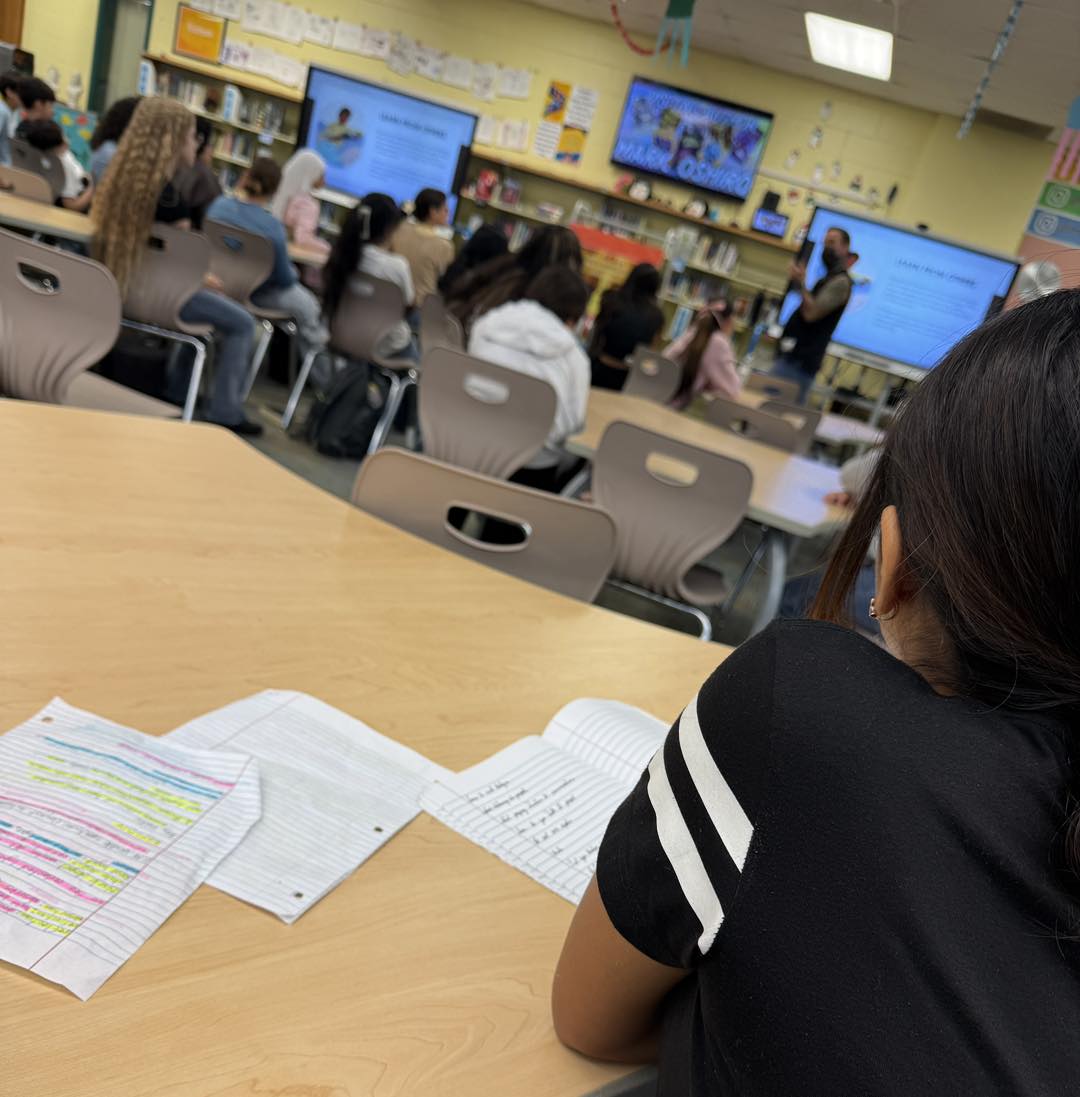
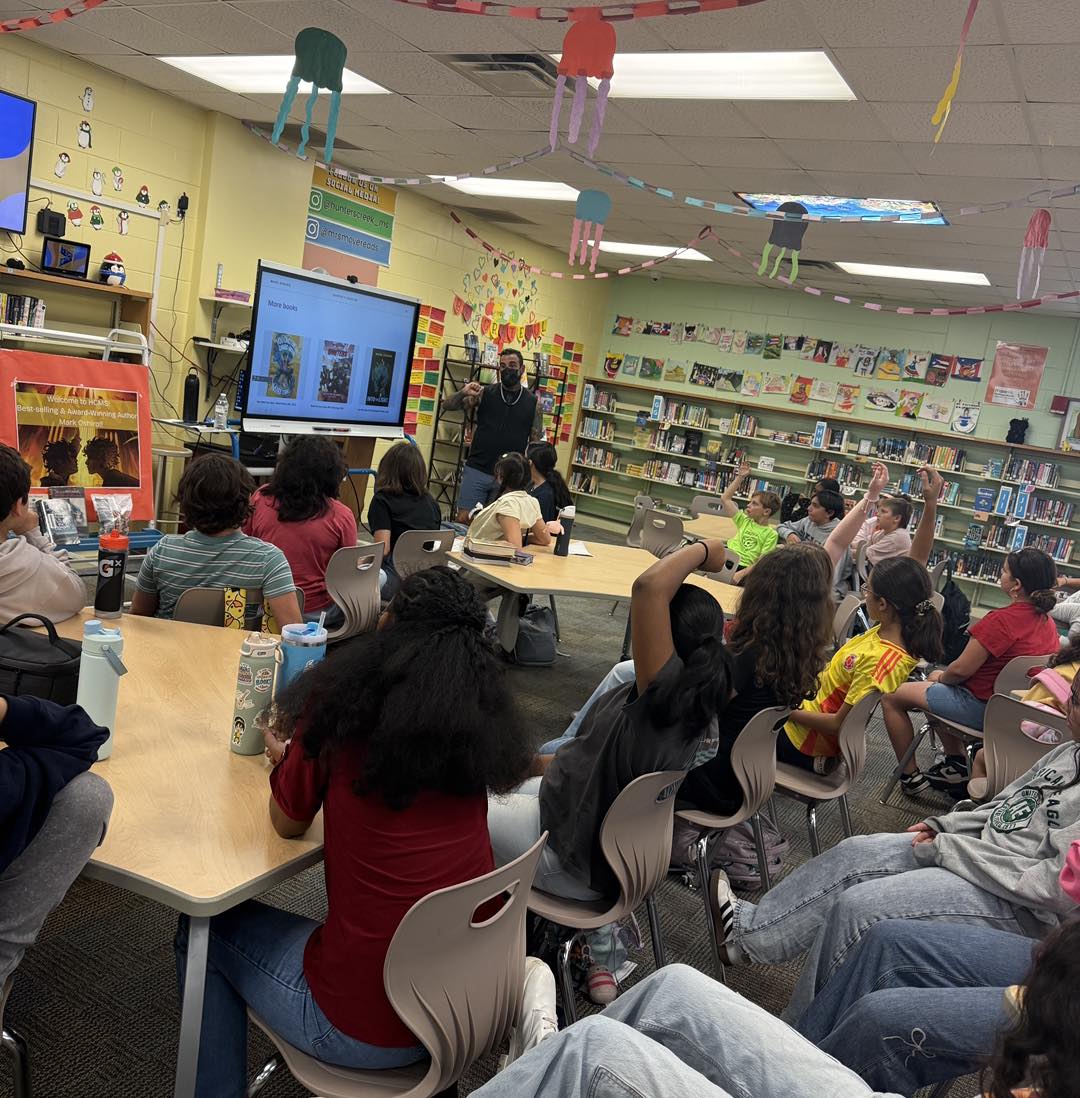
What was your favorite part of the visit?
- The Q & A part because Mark interacted with us in a way that was very nice!
- My favorite part was when they talked about how they, with Rick Riordan, ended up writing the Nico series together.
- Being able to see an authors perspective in general, and when they read us a part of new book that’s not published yet.
- Mark was really funny.
- I love being able to get to talk and get to know someone who has worked with someone as well known as Rick Riordan and also get a sneak peek into what secret projects their working on.
- My favorite part was learning interesting facts about Mark because they are a cool and funny person.
- Hearing Mark Oshiro talk about their experiences.
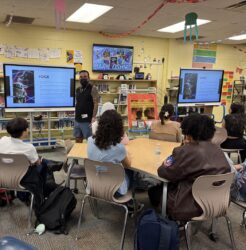
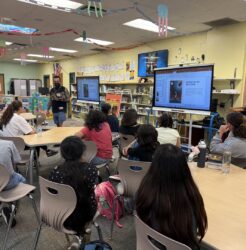
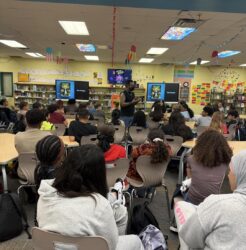
How did you like the visit overall?
- Honestly I thought it was really fun and I had such a good time with my friends and listening to Mark Oshiro talk
- I enjoyed it a lot and they were funny and relatable in some ways
- i loved it, i learned a lot about Greek mythology and Percy Jackson. I loved Mark’s energy and the way they interacted.
- It was really fun and I’m so grateful that I got to meet Mark Oshiro and get my book signed.
- I really liked the visit it was very fun and interesting.
- IT WAS AMAZINGG
- I LOVED it! They were such a kind and relatable person.
- I really liked the visit I think this is my favorite author visit I’ve been to.
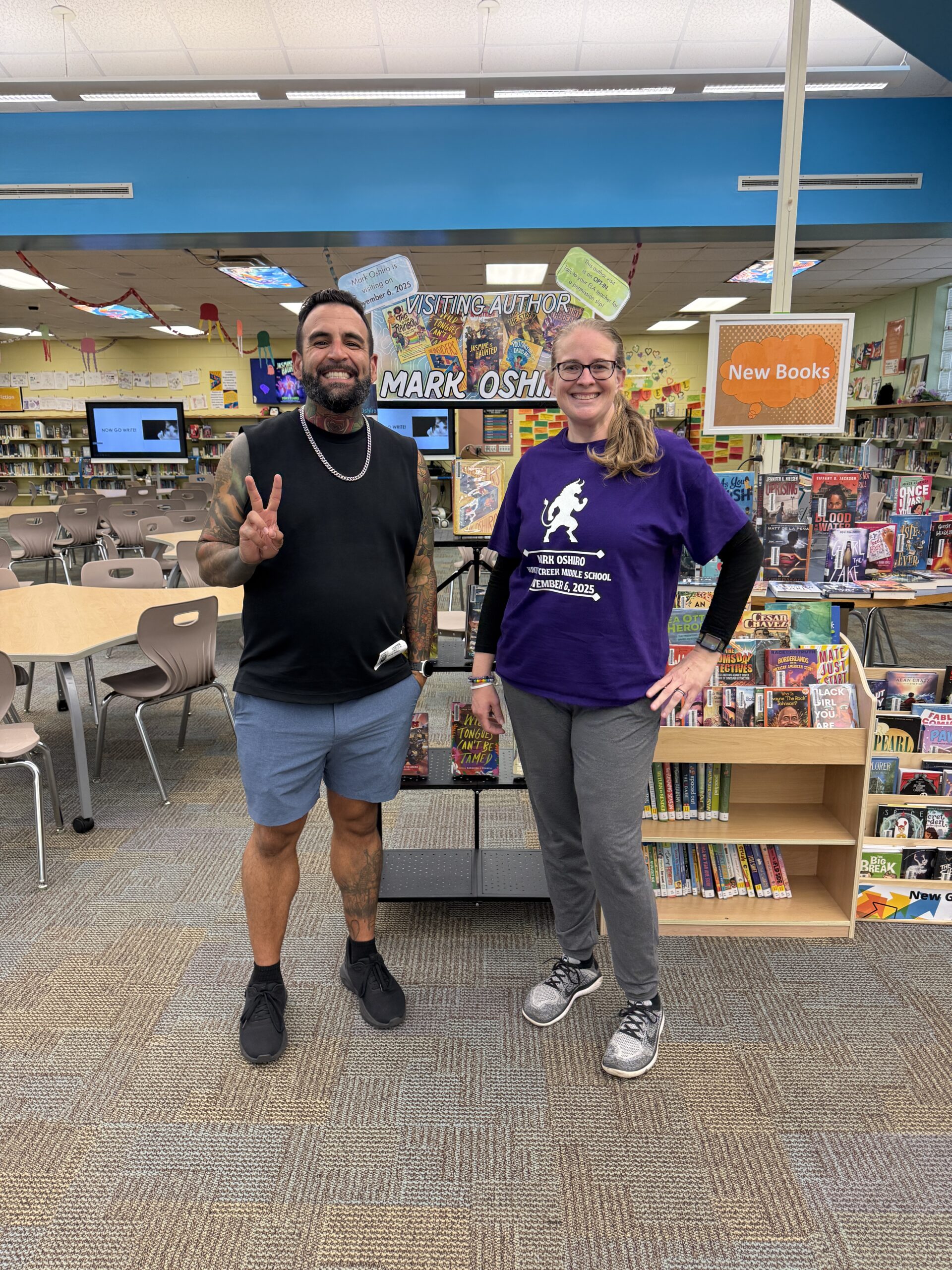
As you can see from the comments and love, my students and I would highly recommend Mark for a school visit!

